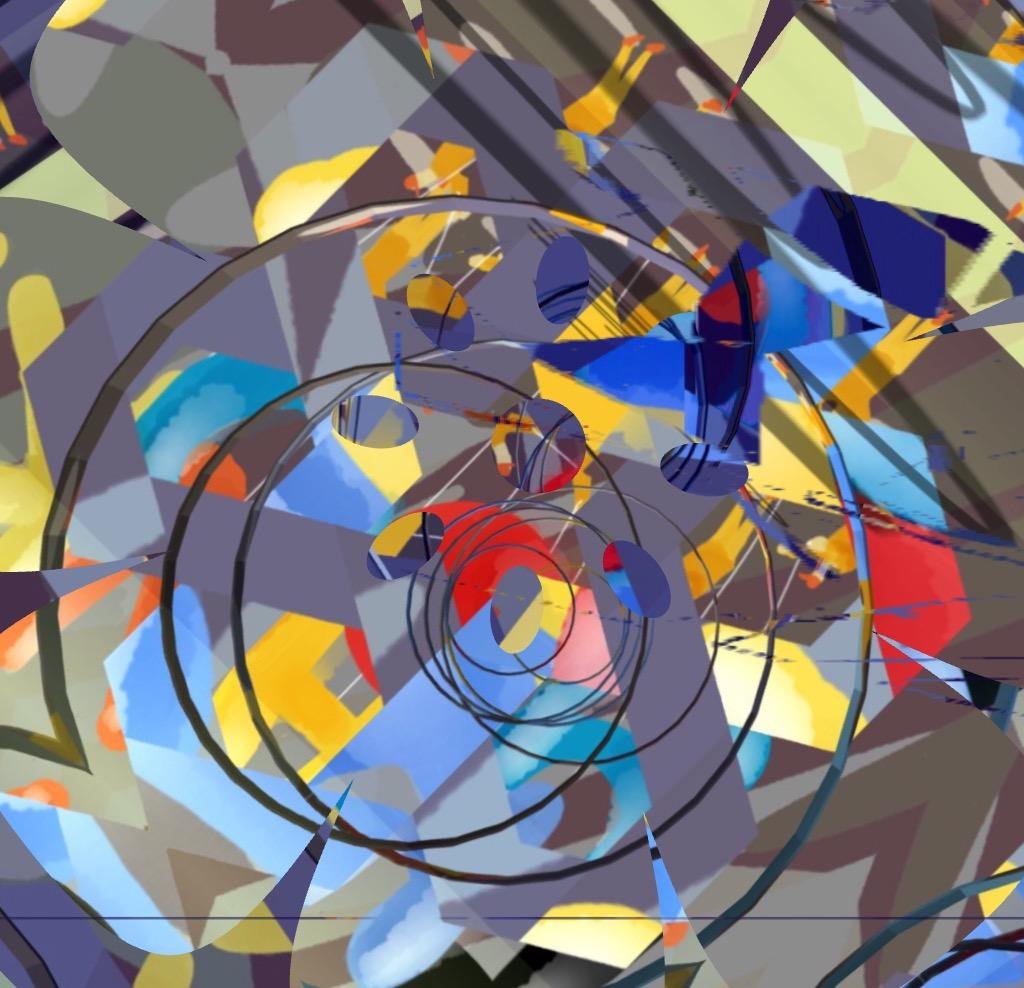
Table of Contents
The Māori People and Their King
The Māori People and Their King is A Rich Tapestry of Culture, History, and Leadership
The Māori people are the indigenous Polynesian inhabitants of Aotearoa (New Zealand). They have a distinct culture, language, and social structure that have been maintained for centuries. The Māori King Movement, or Kiingitanga, is a unique institution that plays a central role in uniting Māori communities, advocating for their rights, and preserving Māori culture and traditions. This article explores the history and cultural significance of the Māori people, the origins of the King Movement, its leaders, and the recent transition of leadership following the passing of King Tuheitia Pootatau Te Wherowhero VII.
Who Are the Māori?
The Māori people originated from Polynesia and are believed to have arrived in Aotearoa around 1300 AD. Over time, they developed a distinct culture based on their unique environment, characterized by a deep connection to the land (whenua) and the sea. Traditional Māori society was organized into iwi (tribes), hapū (sub-tribes), and whānau (extended families), each with its own chiefs (rangatira), customs, and spiritual practices.
Māori culture is rich with oral traditions, arts such as carving (whakairo) and weaving (raranga), and a profound spiritual connection to ancestors (tūpuna) and the natural world. The Māori language (te reo Māori) is a cornerstone of their identity, and efforts have been made to revive and promote its use following a period of decline due to colonial policies.
The Origins of the King Movement (Kiingitanga)
The Kiingitanga, or Māori King Movement, was established in the 1850s during a period of increasing conflict between Māori and European settlers. This movement arose as a response to the rapid loss of Māori land, the desire for greater unity among iwi, and the need for a central leadership figure who could represent Māori interests to the colonial government. The idea of a Māori king was inspired by the British monarchy, symbolizing unity, strength, and authority.
The first Māori king, Pōtatau Te Wherowhero, was chosen in 1858 at Ngāruawāhia, a site that remains central to the King Movement today. Pōtatau Te Wherowhero was a respected chief from the Waikato iwi, and his selection marked the beginning of a new era for Māori political organization and resistance against colonial encroachment.
The Role and Significance of the Māori King
The role of the Māori king is both symbolic and practical. As the figurehead of the Kiingitanga, the king or queen is a unifying symbol for the Māori people, transcending tribal divisions. The Māori monarch is seen as a guardian of Māori culture and traditions and an advocate for Māori rights, including land ownership, political representation, and social justice.
The King Movement also has a significant spiritual dimension, with the monarch often regarded as embodying the mana (prestige, authority) of the people. The Kiingitanga fosters a sense of shared identity and purpose, especially in challenging times, and serves as a platform for addressing issues of national importance, such as the preservation of Māori language and culture, treaty rights, and social equity.
The Reign of King Tuheitia Pootatau Te Wherowhero VII
King Tuheitia Pootatau Te Wherowhero VII was the seventh Māori monarch, succeeding his mother, Te Arikinui Dame Te Atairangikaahu, in 2006. His reign spanned 18 years, during which he focused on building relationships between Māori and the wider New Zealand society, promoting economic development within Māori communities, and advocating for social justice.
King Tuheitia was known for his efforts to strengthen the Kiingitanga’s political and cultural influence. He supported initiatives to address issues such as poverty, education, and health disparities affecting Māori people. He also emphasized the importance of preserving Māori culture and language in the face of modernization and global influences. Under his leadership, the Kiingitanga continued to play a critical role in representing Māori interests in negotiations with the government and other entities.
A New Chapter opens with The Reign of Queen Kuini Nga Wai Hono i te Po
Following King Tuheitia’s death in August 2024, the Kiingitanga council appointed his youngest child and only daughter, Kuini Nga Wai Hono i te Po, as the new Māori monarch. At 27 years old, she brings a youthful perspective to the role, and her appointment is seen as a continuation of the commitment to unity and cultural preservation that has characterized the Kiingitanga. She is the second woman to hold the position of Māori monarch, the first being her grandmother, Te Arikinui Dame Te Atairangikaahu, who reigned for 40 years until her death in 2006.
Queen Kuini Nga Wai Hono i te Po’s appointment reflects a commitment to inclusivity, generational renewal, and the ongoing relevance of the King Movement in contemporary Māori life. Her reign is expected to continue focusing on issues such as education, health, economic development, and the preservation of Māori culture and language. Her leadership will likely be instrumental in navigating the challenges and opportunities facing the Māori people in the 21st century.
The Significance of the King Movement Today
The King Movement remains a vital institution in New Zealand, representing Māori aspirations for self-determination and cultural preservation. It continues to serve as a platform for dialogue and negotiation between Māori and the New Zealand government, particularly concerning land rights, treaty settlements, and social justice issues. The movement also plays a crucial role in maintaining Māori identity and unity, fostering a sense of shared purpose and cultural pride among the Māori people.
The transition from King Tuheitia to Queen Kuini Nga Wai Hono i te Po marks the beginning of a new chapter in the Kiingitanga’s history. As the new monarch, Queen Kuini will face the challenge of balancing tradition with the demands of modern governance, ensuring that the movement remains relevant and effective in representing the interests of Māori communities across Aotearoa.
Conclusion
The Māori people have a rich cultural heritage and a history of resilience and adaptation in the face of colonization and modernization. The King Movement, with its unique blend of tradition and political advocacy, continues to play a significant role in the lives of many Māori. As the movement transitions to new leadership under Queen Kuini Nga Wai Hono i te Po, it remains a powerful symbol of Māori unity, identity, and self-determination, poised to address the challenges of the future while honoring the legacy of its past.
Sources
- RNZ News on the new Māori Queen (RNZ) (RNZ).
- “Māori Culture and Society,” Te Ara: The Encyclopedia of New Zealand.
- “History of the King Movement,” New Zealand History Online.
Kia ora!
Take time to learn
Invest in your future
Embark on a journey into the realm of affiliate marketing and craft your own website within a vibrant, supportive community. Join me in this adventure, where you can begin as a free starter and stay as long as you desire. Enjoy complimentary hosting and foundational teachings to set you on your path. For those with advanced skills, opportunities to elevate your expertise await. Take a moment to explore and witness the magic for yourself!




